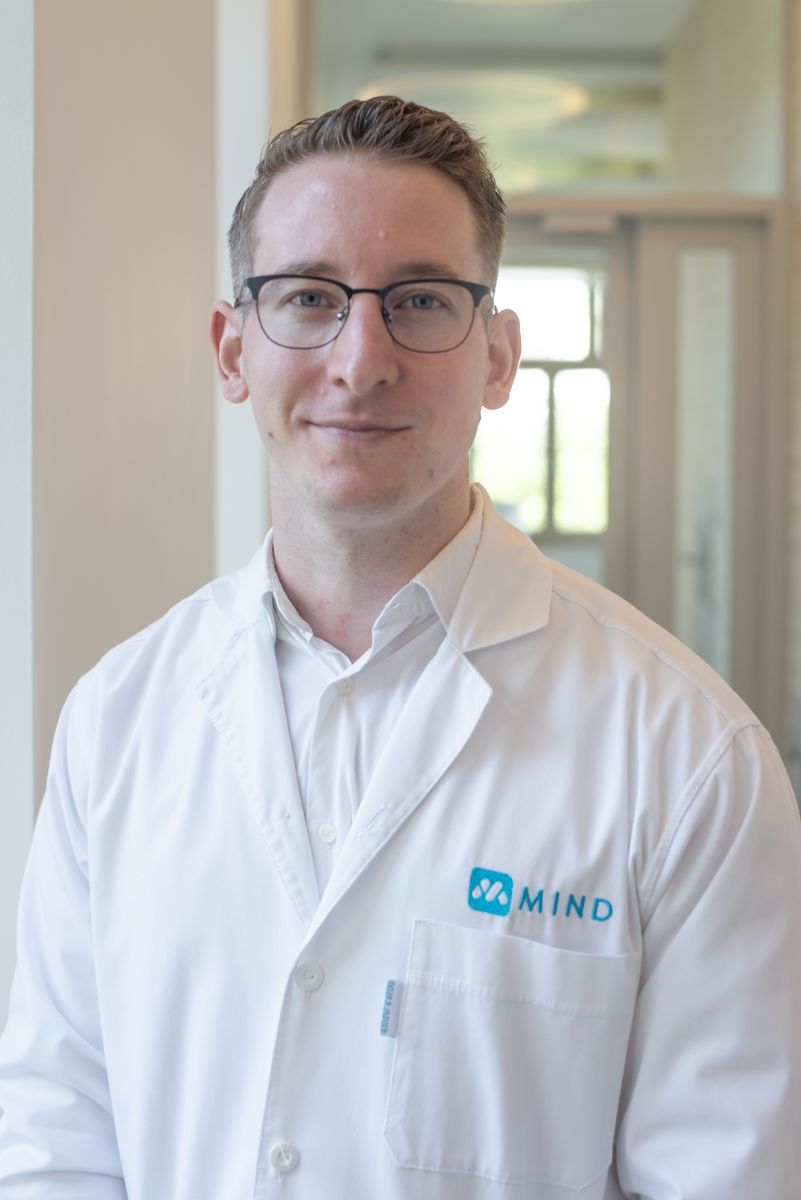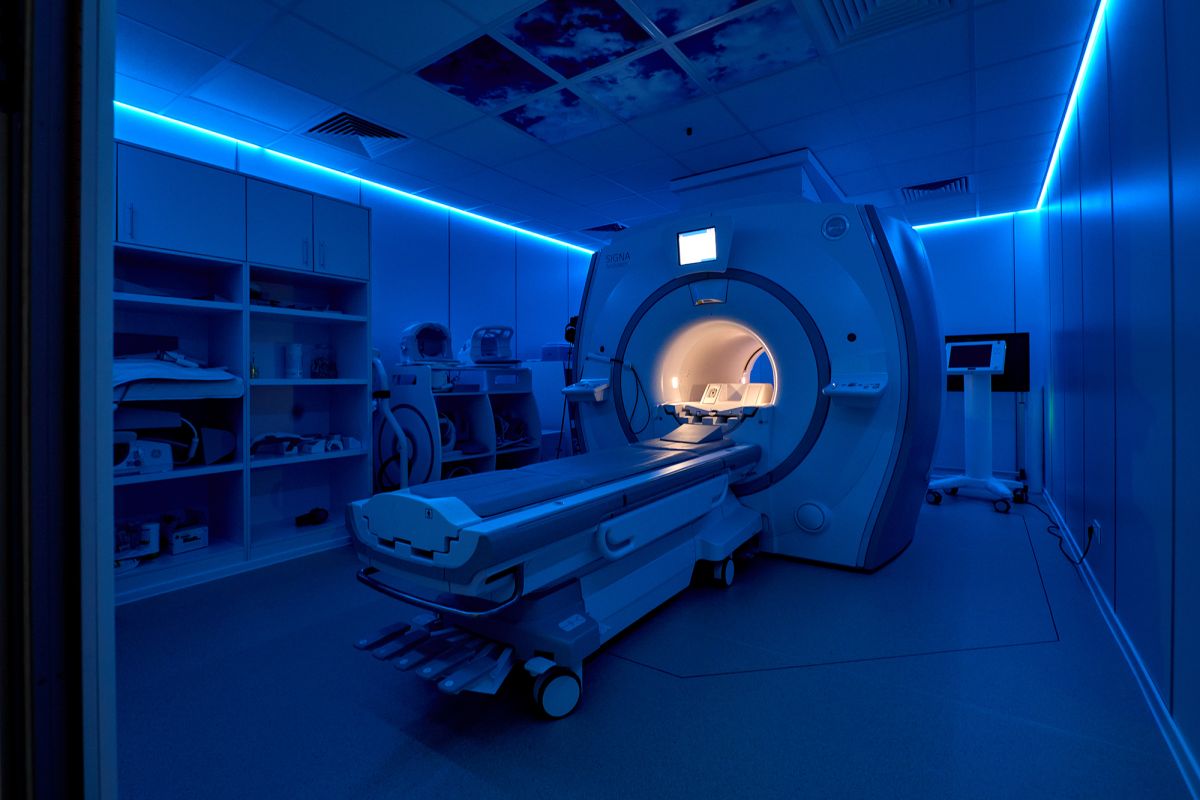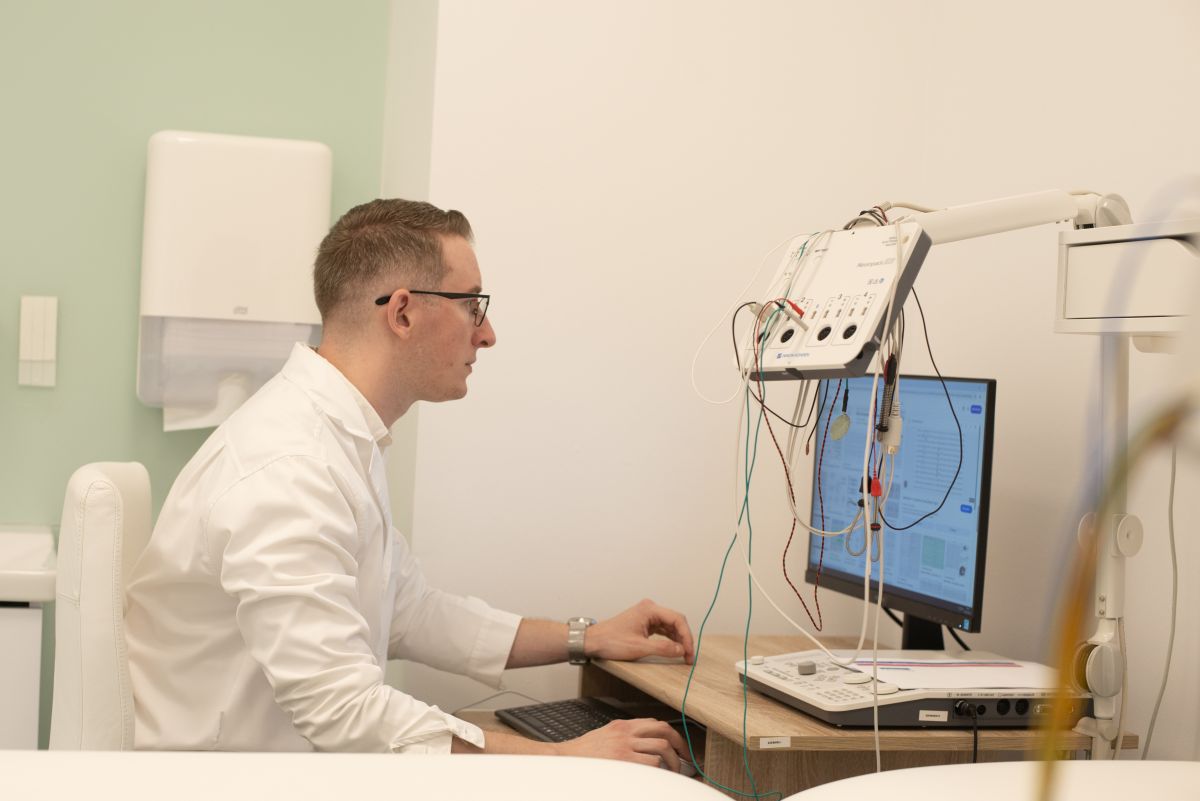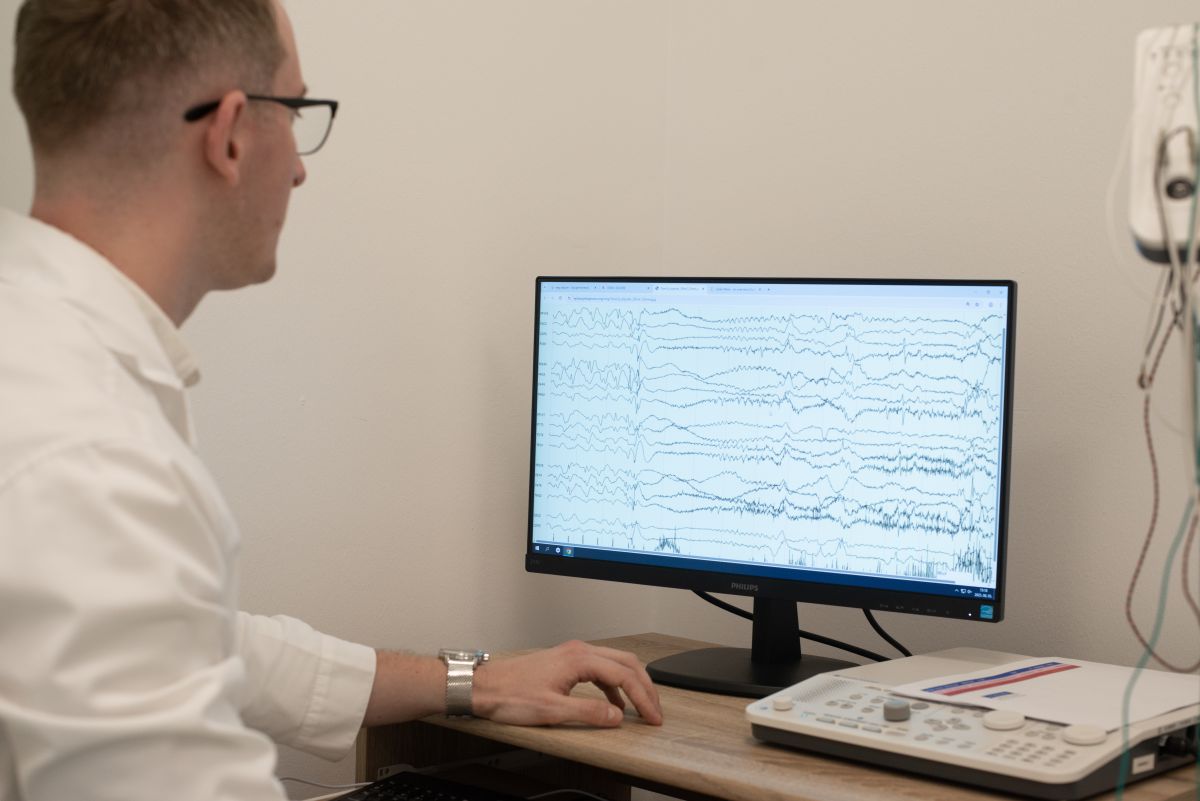It is very important to distinguish epilepsy from epileptic seizures, which are the symptoms of the disease. A seizure occurs because a localized area of the cerebral cortex has abnormally increased excitability, creating a temporary state of heightened activity that manifests as overactive, simultaneous firing of nerve cells. How this appears or is felt by the patient can vary greatly depending on which brain areas are involved or how the abnormal activation spreads. Epilepsy is diagnosed when the tendency to have these seizures is higher than in the average population.
What is epilepsy?
Due to the vast diversity, it is more accurate to speak of epilepsies in the plural rather than a single disease. Seizures are the primary characteristic of epilepsy, but other abnormal brain functions may also be present.
What causes epilepsy?
There are basically two main groups distinguished based on the cause: symptomatic epilepsies, where a known abnormality can be seen in the cerebral cortex (which can be very diverse, e.g., caused by stroke, tumor, degenerative, developmental, or inflammatory changes), and idiopathic or genetic epilepsies, which are caused by genetic disorders. These genetic abnormalities can also appear in families with no history of epilepsy.
There are cases where the seizure is triggered by some factor (typically internal medical issues, metabolic disorders, or other neurological diseases), but in the long term, this does not lead to epilepsy. These are called acute symptomatic seizures and do not usually require long-term medication.
What are provoking factors? What can be done if a seizure occurs?
Provoking factors are those factors that can trigger seizures in susceptible individuals but are not direct causes of epilepsy. Examples include stress, sleep deprivation, flashing lights, or missing or suddenly discontinuing prescribed medications.
If a seizure occurs, it is very important to make the patient’s environment safe, protect their head from injury, and once the convulsion has sufficiently subsided, place the patient in a stable recovery position on their side to ensure airway patency and allow any blood or vomit to exit the mouth safely.
How is the diagnosis made?
In some cases, diagnosing epilepsy can be very complex and challenging, especially when seizures are not clear-cut and tests do not show obvious abnormalities. The well-known “grand mal” seizure, characterized by muscle stiffening, jerking movements, loss of consciousness, and frothing at the mouth, is actually one of the rarest types but the one most people recognize as an epileptic seizure. Other seizure types are more difficult or impossible for laypeople to identify.
Therefore, a thorough patient history, including watching home videos of seizure events, is very important. Instrumental diagnostics such as brain MRI and EEG are also necessary. EEG records the brain’s electrical activity, but it is important to know that a normal EEG does not rule out epilepsy. Genetic testing may also be important, especially in rare epilepsy forms.
How can it be treated?
Most epilepsy patients (60-70%) can be made seizure-free with medication, and some types of epilepsy, especially age-dependent ones, may even be outgrown. For those who do not achieve seizure freedom with medication alone, surgical or device-based treatments are available. Treatment may also include dietary aspects.
Unfortunately, epilepsy still causes significant social stigma and restrictions in Hungary. However, these restrictions should only apply to patients who cannot be made seizure-free. The most significant social disadvantages include limited job opportunities and restrictions on driving privileges.Most epilepsy patients (60-70%) can be made seizure-free with medication, and some types of epilepsy, especially age-dependent ones, may even be outgrown. For those who do not achieve seizure freedom with medication alone, surgical or device-based treatments are available. Treatment may also include dietary aspects.
Unfortunately, epilepsy still causes significant social stigma and restrictions in Hungary. These restrictions, however, should only affect patients who cannot be made seizure-free. The most significant social disadvantages include limited job opportunities and driving license restrictions.
Our colleague is waiting for you
Dr. Dobronyi Levente
Neurologist



